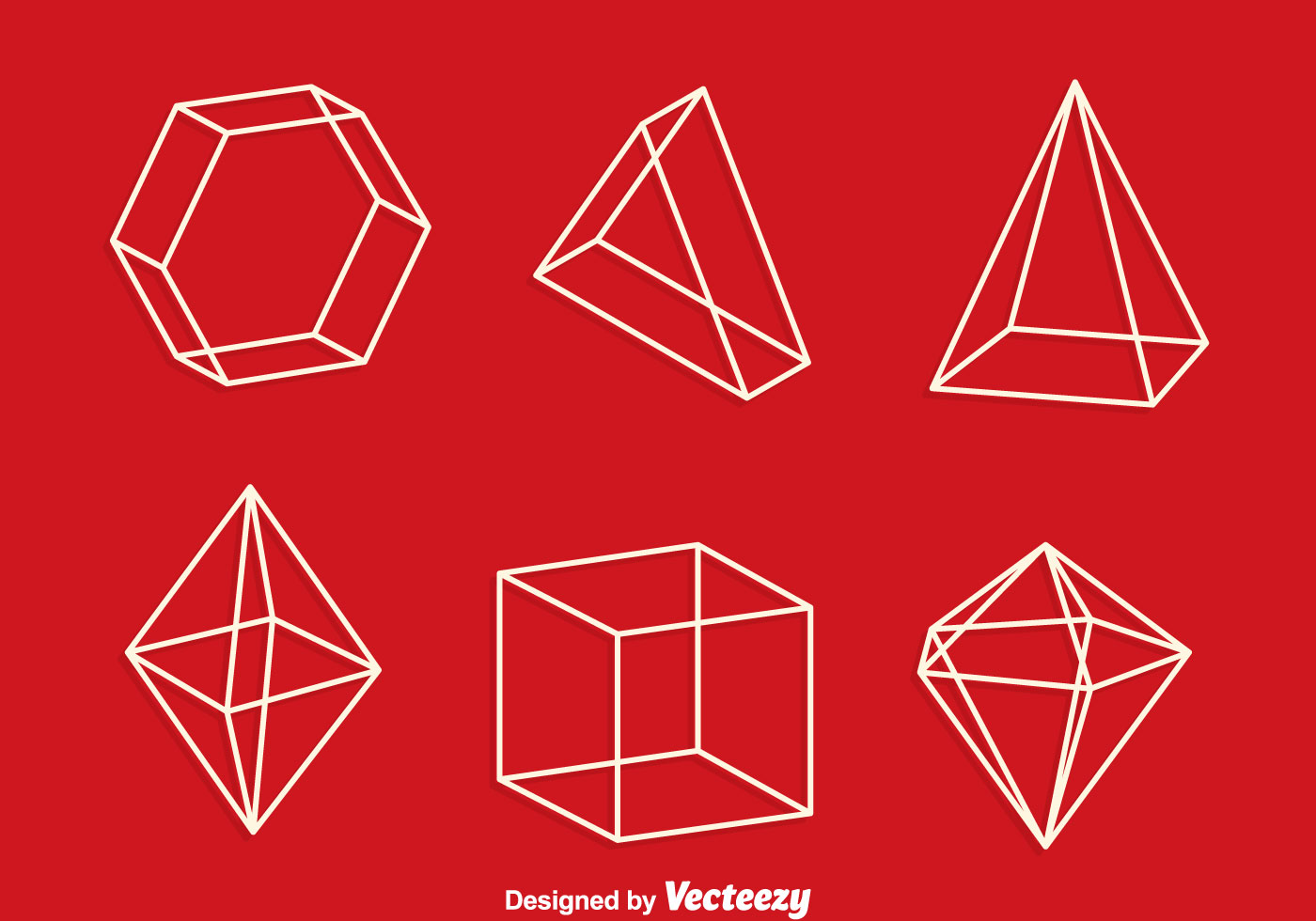
Thus, based on the number and arrangement of the lines, we can make various shapes and figures, for example, by joining four-line segments, a rectangle appears. To draw any of these figures, we must start with a line, a curve, or a line segment. They may be cubes or cuboids, for example. They are solid, three-dimensional structures. This is the height of the object on the z-axis. Three-dimensional geometric shapes: These are 3D shapes that have an x-axis, y-axis, and z-axis.Examples include triangles, squares, rectangles, etc. They are flat, two-dimensional structures. Geometric shapes in two dimensions: These are two-dimensional shapes with only x- and y-axes.There are two types of closed geometric shapes: Objects or shapes that are connected at both ends are defined as closed geometric shapes. It is considered an open geometric shape when an object or a shape does not have both ends connected. But not all figures are complete figures. We can generate different types of figures and shapes by arranging these lines in different ways, such as a triangle, a figure made up of connected segments of three lines, a Pentagon made up of five lines, and so on. We have previously discussed this in the introduction.Īny of these figures can be drawn or designed by starting with a line, a line segment, or a curve. In geometry, different shapes are defined. The two-dimensional figures lie only on the x- and y-axes, but 3D shapes lie on the x, y, and z axes. Three-dimensional shapes are sometimes two-dimensional, and sometimes two-dimensional. Objects can be represented by geometric shapes, which are geometrical figures. You will learn about different geometric shapes and their definitions in this article. For example, books have a cuboid shape, glasses have a cylindrical shape, traffic cones have a conical shape, etc. Several of these shapes are familiar to us in daily life. Three-dimensional shapes in solid geometry are the cube, cuboid, cone, sphere, and cylinder.

Two-dimensional shapes in plane geometry are flat shapes and closed figures such as circles, squares, rectangles, rhombuses, etc. Trees, for example, have irregular shapes. They are also called organic shapes or freeform shapes. Asymmetrical shapes are irregular shapes. A regular shape is usually symmetrical, such as a square or circle. Similarly, shapes are classified according to their regularity or uniformity. Two-dimensional and three-dimensional shapes are both studied. The geometry of shapes is the study of objects with boundaries, angles, and surfaces. Mathematical geometric shapes are mathematical figures that represent the shapes of everyday objects.

It has six vertices, nine edges, and five faces.Ī torus is a donut-shaped solid having a hole in between and forms a ring-like structure.Ī pentagonal prism is a prism having two pentagonal faces connected with their vertices. It has 12 faces, and all are like pentagons.Ī triangular Prism is a prism having two triangular faces whose vertices are connected by an edge forming a rectangular face. A regular polyhedron is a 3D shape having all faces of the same shape.Ī dodecagon is also called a regular polyhedron whose all faces are of the same shape. It has six edges, four faces, and four vertices, respectively.Ī square pyramid is a pyramid that has a square base, and the rest faces are like triangles together connected at a single vertice at the tip.Ī sphere is a Rounded Solid ball that does not contain any flat surface and edges and verticesĪ polyhedron is a solid and 3D shape that contains flat surfaces and straight edges. The cut surface looks like a circle, and the other portion is like a solid semicircle.Ī pyramid with all faces like a triangle is called a tetrahedron. A hemisphere looks like a cut portion of the sphere.


 0 kommentar(er)
0 kommentar(er)
